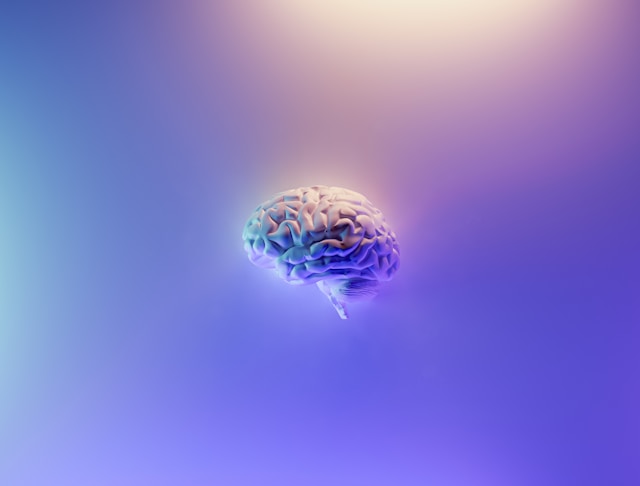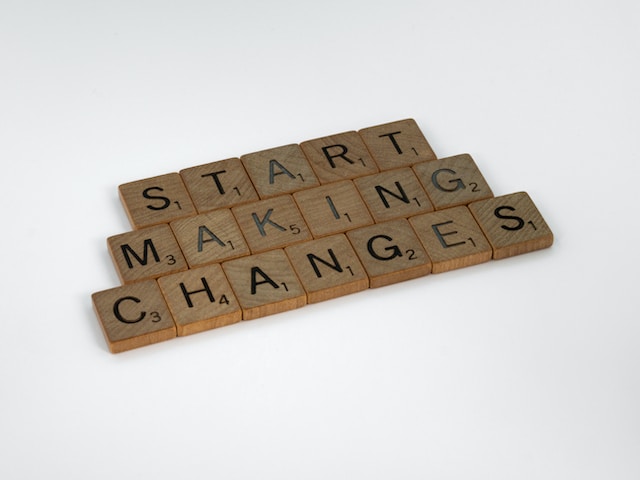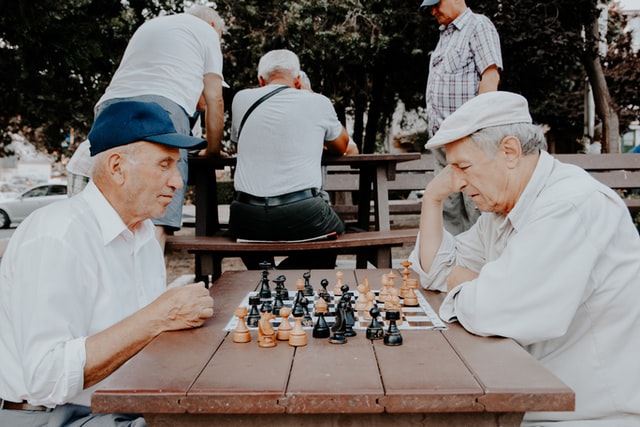
This post talks about the book “Building a Second Brain” by Tiago Forte. Specifically I want to talk about how it is useful for retirees.
The book is popular these days but I have to confess I first considered it by accident. Being a bit of a computer and programming nerd when I first heard of this book I was thinking of AI, big databases, and building a computer program as some kind of helper. So I was a little disappointed when I discovered the book was about note taking. Hadn’t I been doing that since my school days?
But after reading some good online reviews I stuck with the book. I’m glad I did. As I read through the book I began thinking that this guy is really on to something. A habit of note taking really can make projects, your ideas, and your life run smoother.
We are talking mostly about digital note taking here, although the author makes clear the choice of an application is much less important than the habit of actually taking notes. He does provide a website resource that lists and compares the popular note taking applications. Examples include Microsoft OneNote, Google Keep, Apple Notes, Notion, and Evernote.
CODE
Tiago uses CODE to describe the note taking process. This stands for Capture, Organize, Distill, and Express.
Capture is the process of capturing notes on anything that is of interest to you. You then organize those notes in ways that make sense. Distilling is pulling out the important points of whatever you have captured. For example, maybe you have a link to a relevant article. When you refer back to that note months or years later you want to read the important points initially, not the whole article. Finally expressing is how you make use of your notes and share them with others.
PARA
The author suggests a framework for organizing information called PARA. PARA stands for Projects, Areas, Resources, and Archives. If you think of PARA as four big folders almost any piece of information would fit into one of these folders.
I think this framework is really useful for us older folks. As retirees we finally have time for all kinds of things. The PARA framework is a way to keep track of them all. Doing so makes it more likely that we follow through on some! With a little more time to think I find myself having all kinds of ideas these days. Some I actually work on, others have a way of getting lost. Using your “Second Brain” for note taking means this doesn’t happen. It doesn’t mean you will complete everything, but it does mean you won’t lose the ideas and will have a choice as to which ones to pursue.
Projects refers to any project you are currently working on or considering. The author recommends you make a list of your business and personal projects. Areas are just that and are for items that don’t fit into a particular project at this time. Resources are important items that may assist you in the future. And archives are simply a place to store items that you no longer have a need for. Of course if you ever need one of these items a simple search will find them again.
I thought enough of what I learned in this book to start taking note taking seriously. For the time being I’m using Microsoft OneNote and Google Keep as my primary note taking software, mostly because I already use both. I’ve been using OneNote to keep outlines of my writing ideas. And Keep is great for keeping assorted “To Do” and idea lists of all kinds. I’ll have to keep you informed of my progress.
In the meantime I heartily recommend “Building a Second Brain.” As retirees we have just as much or more need for the “Second Brain” as any working stiff. You might just be as pleasantly surprised as me!

